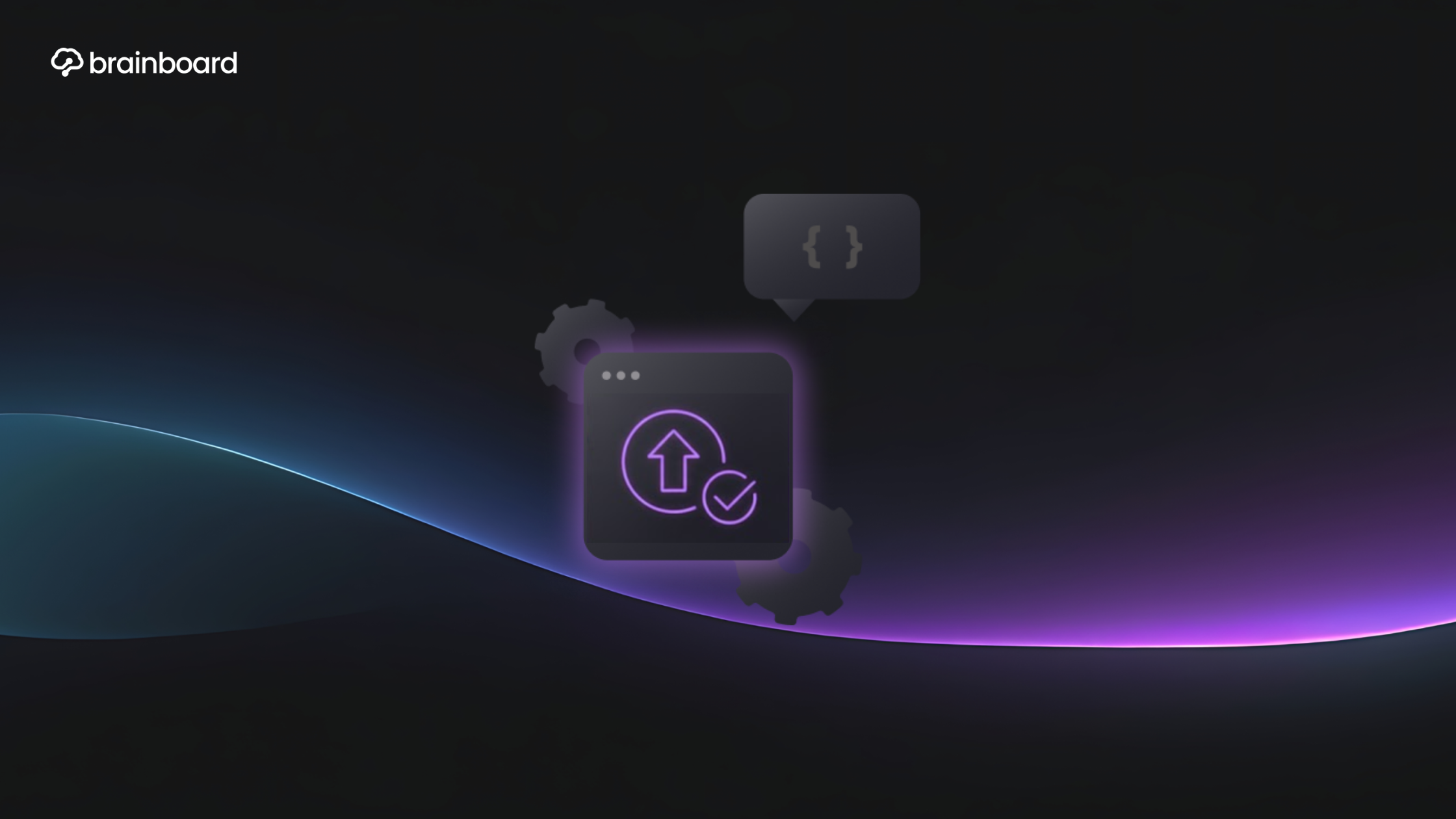Introduction: Why terraform modules matter more than you think
Have you ever found yourself copying and pasting the same Terraform code across multiple projects, only to realize you need to update something everywhere? If you’re nodding your head right now, you’re not alone. I’ve been there too, and that’s exactly why mastering Terraform modules is a game-changer for your infrastructure as code journey.
Think of Terraform modules as LEGO blocks for your infrastructure. Just like you wouldn’t build every LEGO creation from scratch when you can reuse pieces, you shouldn’t write the same infrastructure code repeatedly. Modules let you package, reuse, and share your infrastructure configurations, making your life as a DevOps engineer significantly easier.
Understanding the anatomy of a great terraform module
Before we dive into the best practices, let’s get on the same page about what makes a module tick. A Terraform module is essentially a container for multiple resources that work together. It’s like a recipe that you can use over and over, tweaking the ingredients (variables) each time to get slightly different results.
Your module structure should feel intuitive to anyone who stumbles upon it. I like to think of it as organizing your kitchen – everything should have its place, and anyone should be able to find what they need without opening every cabinet. The standard structure includes your main configuration files, variable definitions, outputs, and documentation. But here’s where many folks go wrong: they treat this structure as optional rather than essential.
Keep your modules focused and single-purpose
One of the biggest mistakes I see engineers make is creating Swiss Army knife modules that try to do everything. Sure, it might seem efficient at first, but what happens when you need to update just one small part? You risk breaking everything else.
Instead, embrace the Unix philosophy: do one thing and do it well. If you’re building a module for an AWS VPC, don’t throw in RDS instances, Lambda functions, and the kitchen sink. Keep it focused on networking. Need a database? Create a separate module for that. This approach makes your modules more predictable, testable, and maintainable.
Let me paint you a picture. Imagine you’re building a house. You wouldn’t ask one contractor to handle plumbing, electrical, roofing, and landscaping, right? Each specialist focuses on their area of expertise. Your modules should follow the same principle.
Version everything like your infrastructure depends on it
Because it does! Version control isn’t just about using Git (though that’s a given). It’s about semantic versioning for your modules, maintaining backwards compatibility, and communicating changes clearly to your team.
When you’re working with module versions, think of them as contracts with your users. A minor version bump tells them they can safely upgrade without breaking changes. A major version bump? That’s your warning signal that they need to pay attention and possibly update their code.
Here’s a pro tip: use Git tags religiously. Tag every release, document what changed, and make it easy for others (including future you) to understand the evolution of your module. Trust me, three months from now, you’ll thank yourself for that detailed changelog.
Input variables: The art of flexibility without chaos
Variables are the interface to your module, and designing them well is crucial. Too few variables, and your module becomes rigid. Too many, and it becomes a configuration nightmare that nobody wants to use.
Start with sensible defaults. Not every variable needs to be required. If 80% of your users will use the same value, make it a default. But here’s the kicker – document why you chose those defaults. Nothing frustrates me more than mysterious default values with no explanation.
Consider variable validation too. Terraform allows you to add validation blocks to your variables, ensuring that inputs meet certain criteria before they wreck havoc on your infrastructure. It’s like having a bouncer at the door of your module, checking IDs before letting anyone in.
Output values: Share what matters
Outputs are often treated as an afterthought, but they’re actually critical for module composition. Think of outputs as the module’s way of saying, “Hey, here’s what I created that you might need.”
Every resource identifier that another module or resource might need should be an output. Created a VPC? Output its ID. Spun up some subnets? Output those IDs too. But don’t go overboard – outputting every single attribute creates noise and makes it harder to find what’s actually useful.
I like to group related outputs and give them meaningful descriptions. Remember, someone else (or you in six months) needs to understand what each output represents without diving into the module’s code.
Documentation: Your module’s user manual
If your module doesn’t have documentation, does it really exist? Okay, it does, but nobody will want to use it. Good documentation is the difference between a module that gets adopted across your organization and one that sits gathering digital dust.
Start with a comprehensive README. Explain what the module does, provide usage examples (plural – show different scenarios), list all variables and outputs, and include any prerequisites or dependencies. Screenshots and diagrams? Even better. Make it so clear that an intern could use your module successfully on their first day.
Don’t forget about inline documentation too. Comment your code, especially the tricky parts. Explain the “why” behind complex logic. Your future self will appreciate these breadcrumbs when you need to debug or enhance the module later.
Testing: Because hope is not a strategy
Would you deploy application code without tests? Then why deploy infrastructure code without them? Testing Terraform modules might seem daunting at first, but it’s essential for maintaining quality and confidence.
Start simple with validation testing – ensure your module plans successfully with various input combinations. Then level up to integration tests that actually deploy resources and verify they work as expected. Tools like Terratest make this easier, allowing you to write tests in Go that deploy, validate, and destroy your infrastructure.
Consider implementing a testing pyramid: lots of quick unit tests, some integration tests, and a few end-to-end tests. This approach gives you fast feedback while still maintaining confidence that your module works in real-world scenarios.
Handle state with care
Module state management is where things can get tricky. Each module instance maintains its own state, and understanding how state works within modules is crucial for avoiding disasters.
Always use remote state backends when working with modules in production. Local state files and modules are a recipe for conflicts and lost infrastructure. Configure your backend at the root module level, not within child modules – this gives you centralized control over where state lives.
Be explicit about state dependencies between modules. If module B depends on resources from module A, make that relationship clear through proper data sources or variable passing. Hidden dependencies are ticking time bombs in your infrastructure.
Security considerations: Lock down your modules
Security isn’t an afterthought; it’s a fundamental requirement. Your modules should enforce security best practices by default, not as an option.
Never, and I mean never, hard-code secrets in your modules. Use secret management services, environment variables, or Terraform’s sensitive variable feature. Make sensitive variables actually sensitive – Terraform will then redact them from logs and output.
Implement least privilege principles in your modules. If a module creates IAM roles or security groups, ensure they have only the minimum required permissions. It’s easier to add permissions later than to clean up after a security breach.
Performance optimization: Speed matters
Nobody likes waiting for Terraform to plan or apply changes. Optimize your modules for performance by being smart about resource dependencies and data sources.
Minimize the use of data sources that query external APIs during the plan phase. Each external call adds latency. If you must use them, consider caching strategies or splitting modules to reduce the frequency of these calls.
Use count and for_each judiciously. While they’re powerful features for creating multiple resources, they can also slow down your plans if overused. Sometimes, separate resource blocks are clearer and faster than complex dynamic configurations.
Conclusion
Mastering Terraform module best practices isn’t just about writing cleaner code – it’s about building a foundation for scalable, maintainable infrastructure as code. By keeping your modules focused, well-documented, properly versioned, and thoroughly tested, you’re not just making your own life easier; you’re contributing to a culture of infrastructure excellence in your organization.
Remember, the best module is one that others actually want to use. It solves a real problem, it’s easy to understand, and it just works. Start small, iterate often, and don’t be afraid to refactor when you learn better patterns. Your infrastructure will thank you, your team will thank you, and most importantly, future you will thank you.
FAQs
How granular should my terraform modules be?
Your modules should be as granular as a single logical component of your infrastructure. Think of it like microservices – each module should have a single responsibility. For example, a VPC module should handle networking, while an RDS module handles databases. If you find yourself passing tons of variables between tightly coupled resources, they probably belong in the same module.
Should I use public modules from the terraform registry or build my own?
It depends on your requirements. Public modules are great for learning and quick prototypes, but for production, I recommend either forking and customizing public modules or building your own. This gives you control over updates, security patches, and ensures the module meets your organization’s specific needs and compliance requirements.
What’s the best way to manage module dependencies?
Use explicit variable passing and outputs to manage dependencies between modules. Avoid implicit dependencies through data sources when possible. Document these dependencies clearly in your README, and consider using a dependency graph or diagram for complex relationships. Tools like Terragrunt can also help manage module dependencies at a higher level.
How do I handle breaking changes in my modules?
Follow semantic versioning strictly. When you need to make breaking changes, bump the major version and provide a migration guide. Maintain the old version for a reasonable period to give users time to migrate. Always document breaking changes prominently in your changelog and README, explaining what changed and how to update existing code.
What’s the recommended way to test terraform modules locally before publishing?
Start by using terraform plan with various variable combinations to ensure your module handles different scenarios. Use tools like tflint for static analysis and terraform validate for syntax checking. For more comprehensive testing, use Terratest to write automated tests that actually provision resources in a test environment. Always test in an isolated environment that mirrors production as closely as possible.

